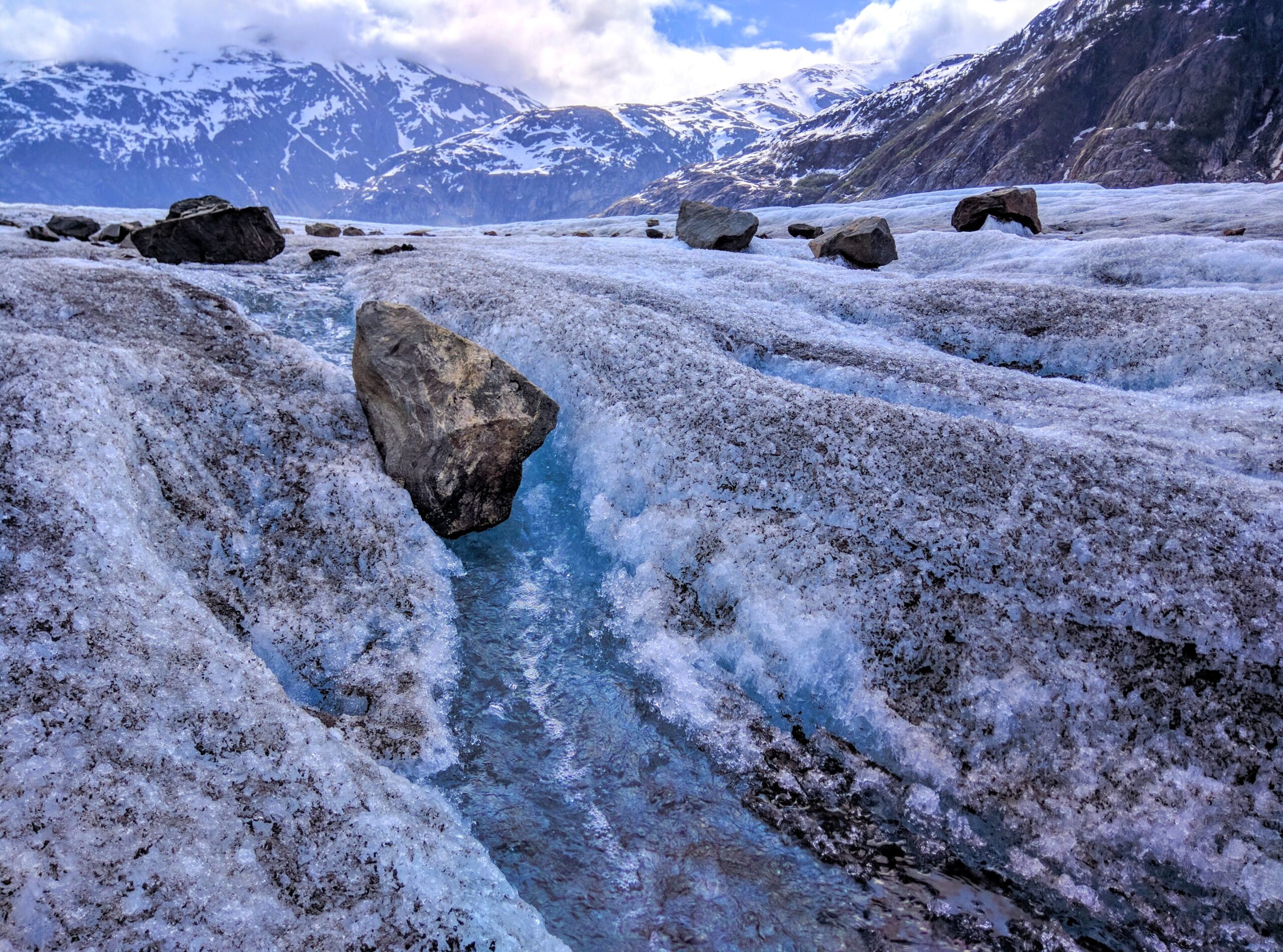Imagine you’re out in the freezing cold, enjoying a winter adventure. Suddenly, you start to feel a strange sensation in your fingers or toes – a tingling, numbing feeling that gradually intensifies. You may be experiencing the first signs of frostbite. But what exactly does first degree frostbite look like? In this article, we will explore the symptoms and warning signs of this potentially serious condition, helping you identify it early and seek appropriate treatment. First degree frostbite is the mildest form of frostbite, but it still requires attention and proper care to prevent any further complications. Here, we will discuss the symptoms, location, risk factors, prevention, and potential complications of first degree frostbite.
Symptoms of First Degree Frostbite
When you experience first degree frostbite, you may notice several symptoms. These symptoms primarily affect the skin and include skin color changes, skin numbness, skin stiffness, skin redness, and swelling and blisters.
Skin Color Changes
One of the most common symptoms of first degree frostbite is a change in skin color. Affected skin may turn pale or white, appearing significantly different from the surrounding healthy skin. In some cases, the skin may take on a gray or yellowish hue.
Skin Numbness
Another symptom to watch out for is a lack of sensation in the affected area. You may notice that the skin feels numb or that you are unable to properly feel touch or temperature changes.
Skin Stiffness
First degree frostbite can also lead to skin stiffness, making the affected area feel hard or firm to the touch. This stiffness may limit your range of motion and make it difficult to move the affected body part.
Skin Redness
Localized redness is another symptom commonly associated with first degree frostbite. The affected skin may appear flushed or pink due to the constriction of blood vessels in response to the cold temperature.
Swelling and Blisters
In some cases, first degree frostbite can result in swelling and the formation of blisters. Swelling can occur immediately after exposure to cold temperatures or may develop later as the body responds to the injury. Blisters may also form, indicating damage to the deeper layers of the skin.
Location of First Degree Frostbite
First degree frostbite typically affects the extremities, such as fingers, toes, ears, and the nose. These areas are more vulnerable to frostbite due to their exposure to the cold. Additionally, first degree frostbite can occur on exposed skin, such as the face and hands, if proper protection is not used.

Risk Factors for First Degree Frostbite
Certain factors may increase your risk of experiencing first degree frostbite. These risk factors include exposure to cold temperatures, wind chill, wet clothing, and high altitude.
Exposure to Cold Temperatures
Exposing your skin to cold temperatures for an extended period increases the likelihood of developing first degree frostbite. It is important to be mindful of the temperature around you and take appropriate precautions.
Wind Chill
Wind chill can significantly increase the risk of frostbite. Windy conditions cause heat to be lost more rapidly from the body, making it more susceptible to frostbite even at higher temperatures.
Wet Clothing
Wearing wet clothing or being in contact with damp surfaces can lead to first degree frostbite more easily. Moisture enhances heat loss from the body, making the skin more vulnerable to the cold.
High Altitude
At higher altitudes, the air tends to be colder and thinner, increasing the potential for first degree frostbite. The reduced oxygen levels at high altitudes can also affect the body’s ability to respond to the cold effectively.
Prevention of First Degree Frostbite
Preventing first degree frostbite is essential to avoid the potential complications associated with this condition. Here are some preventive measures you can take:
Dress in Layers
Layering your clothing helps in trapping warm air close to your body, providing insulation against the cold. Wear thermal or moisture-wicking inner layers, followed by insulating and protective outer layers.
Protect Exposed Skin
Covering exposed skin is crucial to prevent first degree frostbite. Wear a hat or headband to protect your ears, use a scarf or face mask to cover your nose and mouth, and don gloves or mittens to shield your hands.
Avoid Prolonged Exposure to Cold
Limiting your time in cold environments can significantly reduce the risk of frostbite. If you know you will be spending extended periods outdoors, take regular breaks in warm areas to allow your body to warm up.
Stay Hydrated and Nourished
Proper hydration and nutrition are essential for maintaining body temperature and preventing frostbite. Drink plenty of fluids and eat balanced meals to ensure your body has the energy it needs to generate heat.
Use Hand and Foot Warmers
Hand and foot warmers are excellent tools to provide additional heat in extremely cold conditions. These small packets are designed to be placed inside gloves or boots, providing warmth for extended periods.

Complications of First Degree Frostbite
While first degree frostbite is considered the mildest form of frostbite, it can still lead to complications if left untreated or repeatedly exposed to cold temperatures.
Damage to Deeper Tissues
If first degree frostbite progresses to more severe stages, it can result in damage to deeper layers of the skin and underlying tissues. This can lead to long-term complications and require medical intervention to prevent further damage.
Increased Risk of Future Frostbite
Once you have experienced first degree frostbite, you may be more susceptible to future episodes of frostbite. The affected area may become more sensitive to cold temperatures, increasing the risk of re-injury if proper precautions are not taken.
Long-term Sensitivity Changes
In some cases, first degree frostbite can result in long-term changes in skin sensitivity. The affected area may become more sensitive or experience numbness even after the initial episode has healed. Being mindful of these changes and protecting the skin appropriately is crucial.

